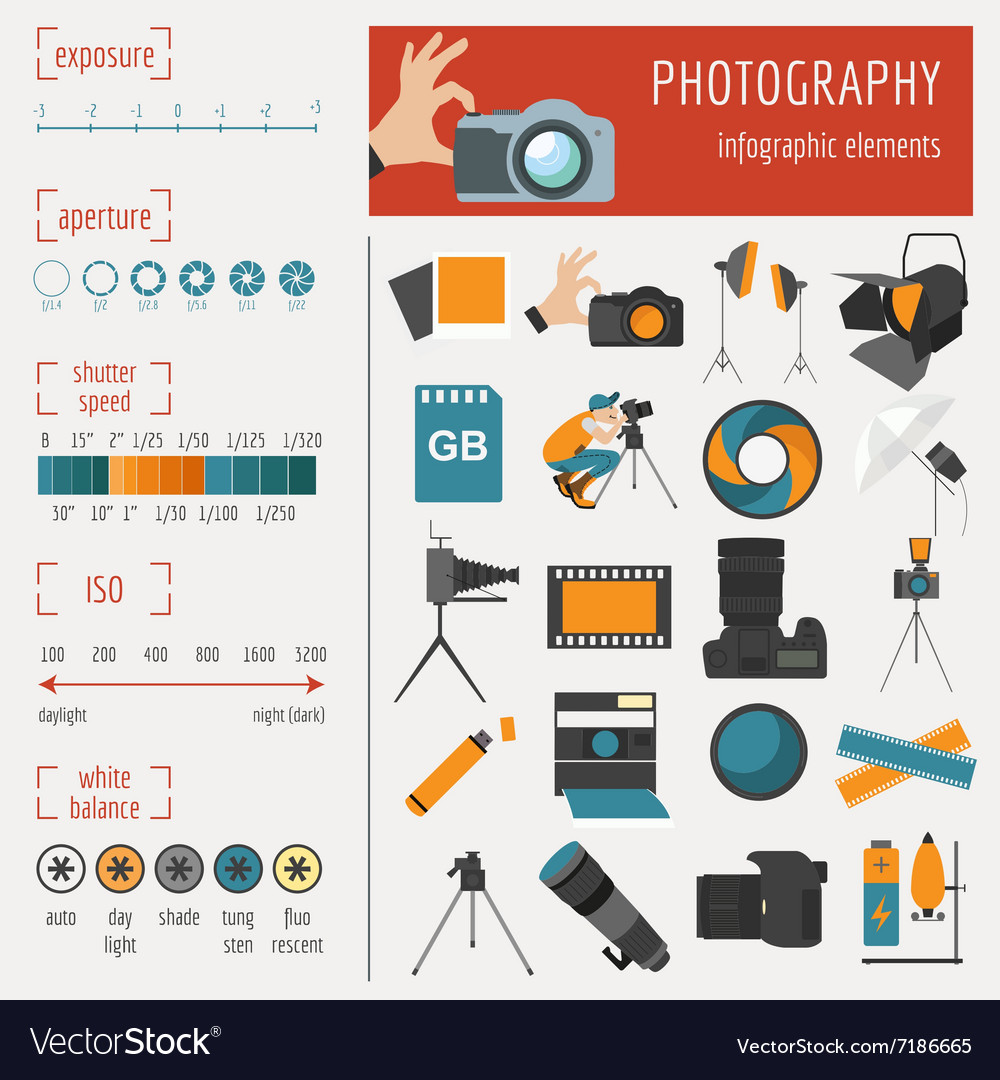What Every Digital Photographer Ought To Understand About Lighting
What Every Digital Photographer Ought To Understand About Lighting
Blog Article
Content Composed By-Caldwell Polat
As a professional photographer, you recognize that lights can make or break your pictures. Recognizing the nuances of both all-natural and fabricated light is essential for catching the state of mind and quality you go for in your job. Whether you're chasing after the best golden hour radiance or tweak your man-made arrangements, mastering these aspects can boost your digital photography significantly. But there prevail challenges that several neglect, and recognizing them can transform your approach to every shoot. Let's discover what you might be missing out on and how it can affect your results.
Understanding Natural Light
Recognizing natural light is crucial for any type of photographer wanting to enhance their work. It's the foundation of terrific photography, influencing state of mind, tone, and clearness. When you shoot outdoors, take note of the time of day. The gold hour-- soon after sunup and before sunset-- supplies soft, cozy light that can change average scenes into sensational images.
Do not undervalue Corporate Headshots near me of overcast days. Cloud cover diffuses sunlight, developing a soft, also light that's best for pictures and macro photography. You'll discover shades appear this type of lighting without rough darkness.
Positioning matters, too. Constantly consider your topic's positioning to the light source. If the sunlight's behind your subject, you may wind up with a silhouette, which can be dramatic yet mightn't be what you desire. Alternatively, straight sunshine can develop uncomplimentary shadows.
Explore angles; often, changing your viewpoint can yield amazing results. Usage natural reflectors, like water or sand, to jump light onto your topic, including dimension.
Learning Artificial Light
Grasping man-made light is vital for photographers that intend to take their skills to the following degree. Whether you're using speedlights, studio strobes, or continuous lights, recognizing how to manipulate these sources can considerably enhance your photos.
Beginning by familiarizing on your own with the basics of light top quality, instructions, and color temperature level. Trying out different modifiers like softboxes, umbrellas, or grids to control the gentleness or harshness of the light.
https://blogfreely.net/sanora163micki/usual-errors-new-photographers-make-and-exactly-how-to-prevent-them 'll discover that soft light often creates lovely outcomes, while harsher light can include drama and deepness. Do not shy away from shadows; they can enhance the three-dimensionality of your subjects.
Pay close attention to the positioning of your lights. A light located too near to your subject can produce unflattering results, while as well far can result in an absence of information. Use a light meter or your electronic camera's histogram to ensure you're revealing appropriately.
Lastly, bear in mind that artificial light can be mixed with ambient light for imaginative impacts. Stabilizing these resources may take practice, once you grasp it, your photography will truly beam.
Methods for Various Situations
When you enter various shooting situations, adapting your lights techniques is vital for recording the very best pictures. For outside pictures, utilize the golden hour-- early morning or late afternoon light-- to soften darkness and improve complexion.
If it's a harsh lunchtime sunlight, consider utilizing a reflector to bounce light back onto your topic or look for shaded areas for a much more even direct exposure.
In low-light scenarios, like indoor occasions, raise your ISO and make use of a vast aperture to let in even more light. A tripod can help remove electronic camera shake, permitting longer exposures without obscuring.
If you're shooting at evening, explore off-camera flash to create dynamic illumination and depth in your photos.
For item digital photography, use diffused lighting to prevent harsh representations. Softboxes or light camping tents can assist accomplish this result.
When photographing landscapes, take into consideration the direction of light and time of day, as it can dramatically change the mood of your shot.
Constantly prepare to change your setups and placing based on the circumstance, as adaptability is key to grasping illumination in photography.
Final thought
Finally, mastering lights is crucial to raising your photography skills. Embrace natural light's appeal throughout golden hour, and do not avoid try out man-made light strategies. By adjusting your strategy to different circumstances, you'll record spectacular pictures that reverberate with feeling and clarity. Remember, the appropriate lights can transform an average shot into something phenomenal, so maintain exercising and refining your understanding of both natural and man-made light. Satisfied capturing!
